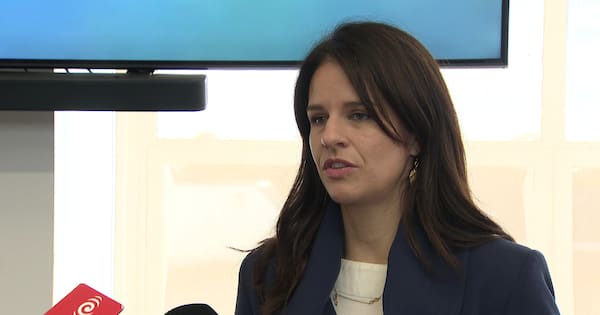The Government’s mandating of structured literacy is transforming the reading achievement of new entrants nationwide, Education Minister Erica Stanford says.
Structured literacy and the new English curriculum have been in place since Term 1 in primary schools across the country.
New entrants are tested with a phonics check after 20 weeks at school, where children are asked to read aloud from a list of 40 words with the expectation the child should be able to correctly decode and sound out words.
Watch Stanford speak at the post-Cabinet media conference live.
Stanford said Term 3 phonics data showed that 58% were at or above expectations, up from 36% in Term 1, and that 43% of students exceeded expectations, more than double the Term 1 rate.
She said the number of children needing targeted support had dropped from 52% to 33%, and that gains were seen across groups — Māori students at or above expectation rose from 25% to 43%, Pacific students from 27% to 43%, and low-decile school students from 18% to 35%.
Year zero to year threes have been working on the relationship between letters and sounds since the beginning of the year. (Source: 1News)
Stanford said this showed a “significant boost” in reading success.
“Our relentless focus on teaching the basics brilliantly is delivering. We followed the science, data and evidence, and in less than a year we are growing more confident readers and reversing the decades of decline in student achievement.”
‘Back to standardised testing’ – Labour
In July last year, when the phonics checks were announced, Labour’s then education spokesperson Jan Tinetti called the announcement “another backwards step for education”.
“Erica Stanford is hellbent on a one-size-fits-all education system. National Standards have failed students before. Going back to standardised testing is taking us down the same path.
“Just making all students sit the same test to get aggregate data at an oversight level won’t help the kids that are struggling.”

